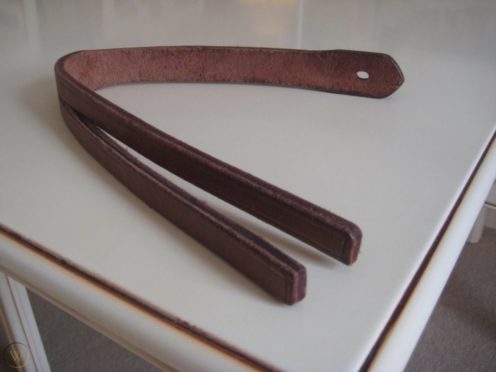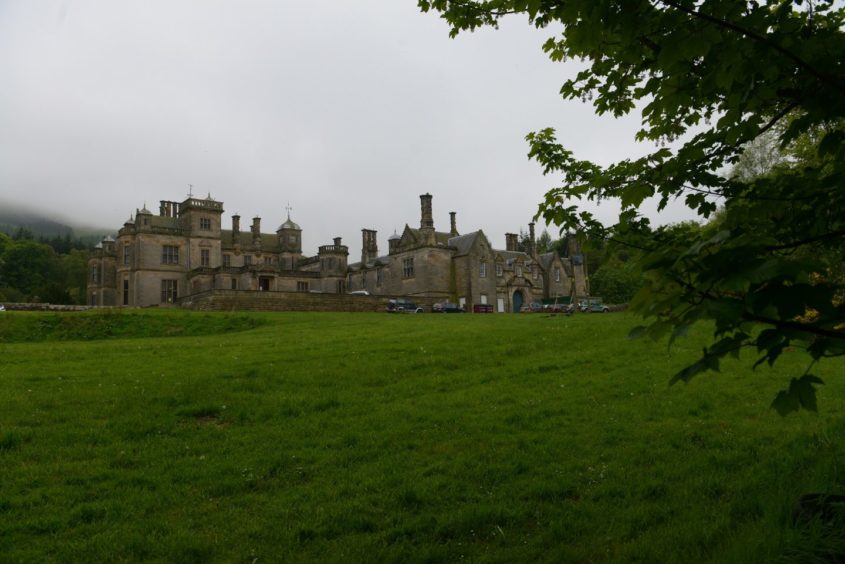The boss of a family-run Fife company which supplied teachers across Scotland with leather belts has moved to distance the firm from the “barbaric” abuse uncovered at a boys’ school in the kingdom.
The Lochgelly Tawse, a leather strap with tails made specifically for corporal punishment, has been manufactured in the town of that name since the Victorian era and is still available for purchase from John Dick Leather Goods.
The former school for orphans, which closed in 1983 – the year corporal punishment was abolished in Scottish classrooms – has been at the centre of an abuse scandal involving the Christian Brothers, an order of the Catholic Church.
Margaret Dick, whose grandfather George inherited the business, said: “It is very upsetting to hear that a Lochgelly Tawse was misused in this way.
“My parents went to great lengths to avoid selling to the home market where there would be no rules or controls and had faith in the school system to police its use correctly.
“It is truly horrible that this abuse was allowed to happen.”
The tawse dates back to 1884, when it was first made by Lochgelly saddler Robert Philp.
George Dick started production of his own belts in 1924.
My father put great trust in the school system to use it correctly.”
Margaret Dick
Ms Dick said her mother had never been comfortable with the tawse being deployed in schools.
“As a family we were really relieved when its use on schoolchildren was stopped,” she said.
“The attitude to corporal punishment has thankfully changed and at least in this country it is no longer acceptable or legal to beat children at home or school with any implement.”
Tawse should not be glorified
Ms Dick said there was “quite a substantial collectors’ market” for the tawse.
She added: “My customers for the tawse today fall into two categories which sometimes merge and sometimes don’t – those with an interest in the history of education who have either given or received the belt and wish to handle it again, or to simply use it to decorate a study wall, and the S&M adult market.
“I see no evidence that anyone buys them from me today to beat children and would never condone their use for that.”

